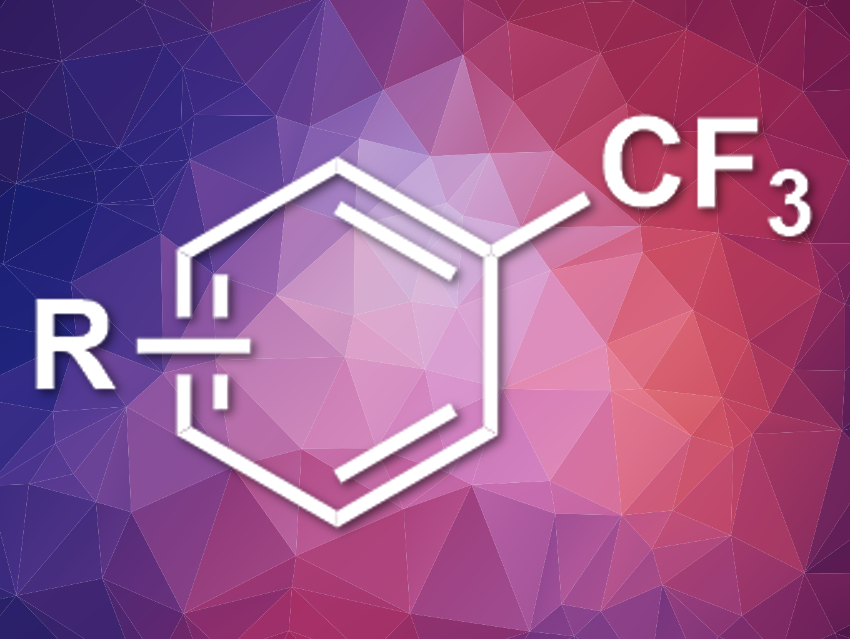Nickel can be used in low-cost, sustainable catalytic systems. Usually, nickel in oxidation states between 0 and +III is involved in these processes. Ni(IV) complexes are much rarer overall, and thus, seldom proposed as intermediates in catalysis. Ni(IV)–CF3 complexes are one example of this type of compound. They are comparatively stable and simple to synthesize.
Melanie S. Sanford, University of Michigan, Ann Arbor, USA, and colleagues have developed a Ni(IV)-catalyzed C–H trifluoromethylation reaction of arenes. The team used TpNiIV(CF3)3 (Tp = tris(pyrazolyl)borate) as a catalyst, electron-rich arenes and heteroarenes as substrates, 2,8-difluoro-5-(trifluoromethyl)-5H-dibenzo[b,d]thiophen-5-ium trifluoromethanesulfonate as a CF3+ source, and dimethyl sulfoxide (DMSO) as the solvent. The reaction was performed at 25 °C.
The desired trifluoromethylated arenes were obtained in moderate to excellent yields. Based on density functional theory (DFT) calculations and experimental studies using 19F NMR spectroscopy, the team proposes a radical chain mechanism with Ni(IV), Ni(III), and Ni(II) intermediates. According to the researchers, this is the first example of Ni(IV) intermediates implicated in catalysis based on spectroscopic measurements.
- Nickel(IV)-Catalyzed C–H Trifluoromethylation of (Hetero)arenes,
Elizabeth A. Meucci, Shay N. Nguyen, Nicole M. Camasso, Eugene Chong, Alireza Ariafard, Allan J. Canty, Melanie S. Sanford,
J. Am. Chem. Soc. 2019.
https://doi.org/10.1021/jacs.9b06383




